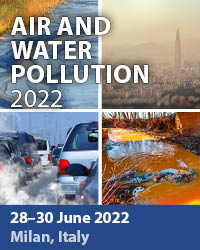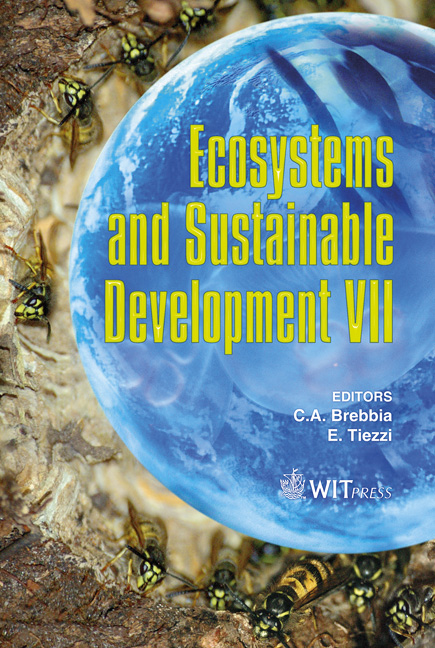North-East Estonian Coastal Sea: Recovery From The Past Anthropogenic Pressure And New Stressors On The Background Of Natural Variability
Price
Free (open access)
Transaction
Volume
122
Pages
12
Page Range
331 - 342
Published
2009
Size
433 kb
Paper DOI
10.2495/ECO090311
Copyright
WIT Press
Author(s)
Ü. Suursaar, R. Aps, I. Kotta & O. Roots
Abstract
The heavily industrialized NE part of Estonia has been an environmental hot spot for decades. The oil shale industry, thermal power plants, a cement factory and a Soviet-era depository of radioactive wastes have seriously impacted virtually every component of the environment. This study focuses on environmental changes in the coastal sea, which comprises the southern part of the Gulf of Finland. It is based on national marine monitoring data (since 1968), as well as on recent in situ measurements on hydrodynamics, pollution spread, and on bottom habitat recovery. Starting from the 1990s, improvement of the water quality in the Gulf of Finland is evident. After re-orientation into market economy, substantial economic recession took place in Estonia in the 1990s. The pollution load from both industrial sources and from Narva River decreased. On the other hand, new water protection directives were introduced. However, together with economic growth in the 2000s, some new threats arose, e.g. in relation with the construction of ports at Kunda, Muuga, Sillamäe, and a new pulp mill at Kunda. The replacement of oil shale-based energetics with a nuclear power plant is currently under discussion. Keywords: monitoring, trends, pollution load, pollution spread, eutrophication, recovery of habitat, Baltic Sea.
Keywords
monitoring, trends, pollution load, pollution spread, eutrophication,recovery of habitat, Baltic Sea





